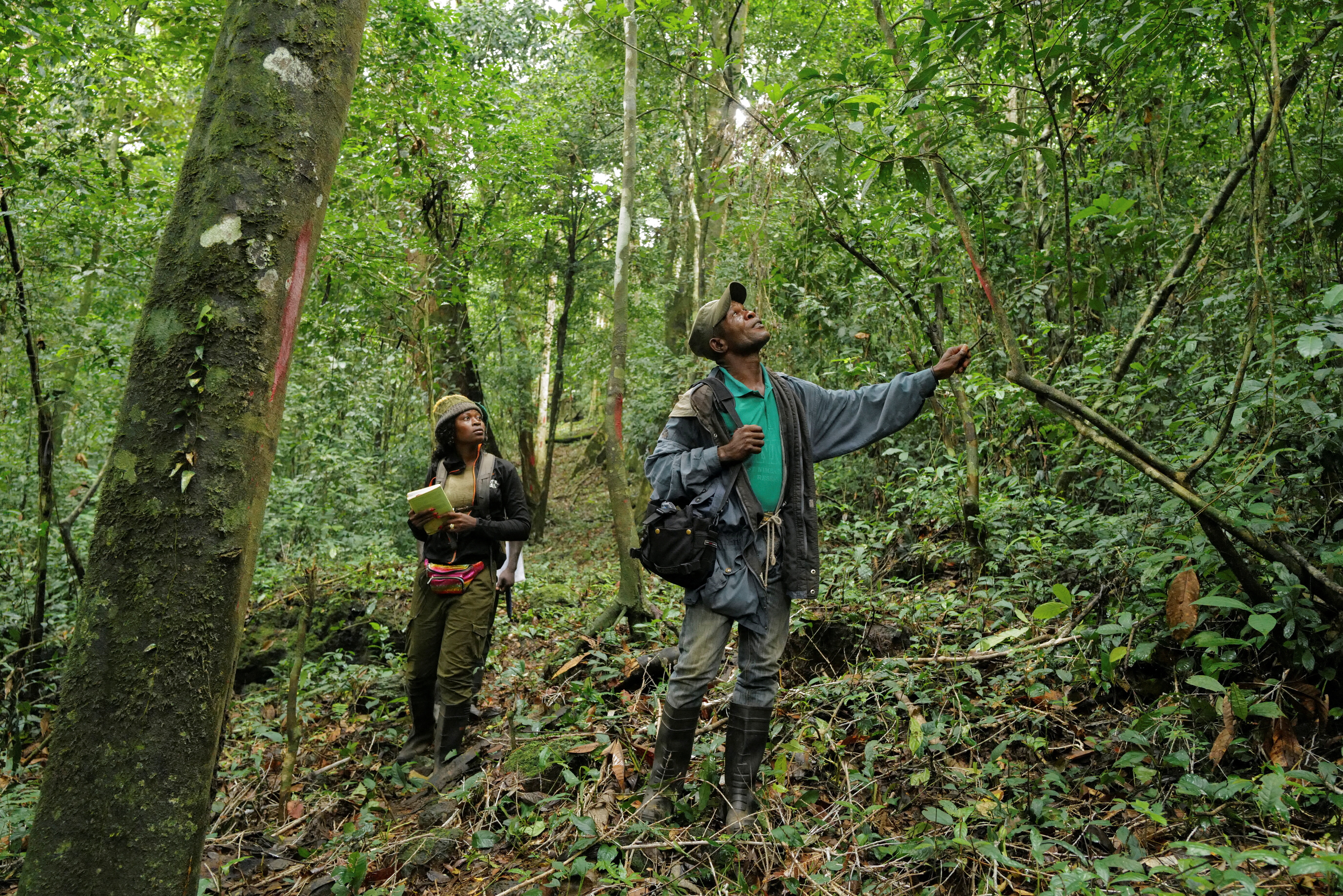8 ways to achieve inclusive finance

Imagine that no one in the US, Europe, Latin America, Russia and Japan had a bank account. Actually, there is no need to imagine. The World Bank recently announced that 2 billion people around the world – more than US, Europe, Latin America, Russia and Japan combined – still lack access to formal financial services. Including them fully in the financial system will be a difficult task, but we know how to do it.
In 2013, World Bank President Jim Yong Kim expressed his ambition to achieve universal financial access by 2020. That means, he wants all adults in the world to have at least one account with a formal financial institution. Significant progress has been made towards this goal, but here’s an inconvenient truth: it takes more than a financial account to get people fully financially included.
All economically active people and businesses – from your next door neighbour to the street vendor in Mumbai, or the sari-sari convenience shop in the Philippines – have needs for payments, savings, credit and insurance. Like anyone, they want to send their children to school, save money for a rainy day and help their business to thrive.
Fortunately, there is increasing consensus on what it takes to bank the unbankable. The World Economic Forum’s steering committee on Promoting Global Financial Inclusion has put forward eight principles for achieving full financial inclusion. They include actions for banks, payments networks, microfinance institutions, NGOs, telecommunications companies, technology companies and consumer goods companies – all of which can contribute. They could also be the building blocks for governments to achieve full financial inclusion in their respective countries.
- Sign a Hippocratic Oath for financial inclusion that puts customer needs first, and live by it. For example, prevent customers from slipping too deep into debt by determining their ability to repay throughout the credit process.
- Take an “ecosystems” approach to reach scale. For example, banks may partner with a chain of retail stores to reach remote communities where building a bank branch would be too costly and customers may be intimidated or weary of a large bank.
- Treat full financial inclusion as a journey and develop multi-product approaches. Addressing all customers’ financial needs, such as sending money to relatives and helping them meet their financial goals, like buying a home, is a multi-step process involving multiple kinds of products and services (payments, savings, credit and insurance). Coordinate with other providers and intermediaries to develop a comprehensive offering.
- Create fully electronic payment systems. Encourage the use of digital payments through mobile phones, debit cards, etc. to lower costs, promote transparency, and limit fraud and over-indebtedness. More data (and more reliable data) can be captured this way to better understand customers.
- Ensure that customers benefit from the information they create. The information from using electronic devices should be safely captured, protected and used to benefit the customer, for example, through lower interest rates and/or products tailored to a customer’s unique needs.
- Engage in dialogues with regulators and policy-makers. Systematically educate regulators and policy-makers and convene joint public-private forums to share and compare perspectives so everyone can take the most meaningful actions.
- Embrace financial inclusion as integral to the business. Ensure that the priority and focus for serving lower income customers is integral to the vision, strategy and performance objectives of the business; it will benefit both business and customer in the end.
- Eliminate group biases, particularly gender, age-based, literacy and rural biases. Design products and services based upon neutral assessments and the need to invest in marginalized customer segments as legitimate customers.
On Friday, financial leaders will take the stage at the World Bank and International Monetary Fund’s Spring Meetings to discuss the promotion of global financial inclusion. If the future follows the principles we put forward, we might tomorrow live in a world where we can’t even imagine that 2 billion people were ever excluded from formal financial services.
Watch the event webcast live at: http://live.worldbank.org/universal-financial-access-2020
Author: Lisa Donegan, Associate Director, Financial Services Industries, World Economic Forum
Image: A woman passes the skyline of the central business district in Singapore. REUTERS/Edgar Su
Don't miss any update on this topic
Create a free account and access your personalized content collection with our latest publications and analyses.
License and Republishing
World Economic Forum articles may be republished in accordance with the Creative Commons Attribution-NonCommercial-NoDerivatives 4.0 International Public License, and in accordance with our Terms of Use.
The views expressed in this article are those of the author alone and not the World Economic Forum.
Stay up to date:
Economic Growth
Forum Stories newsletter
Bringing you weekly curated insights and analysis on the global issues that matter.
More on Economic GrowthSee all
Sebastian Reiche
November 19, 2025







